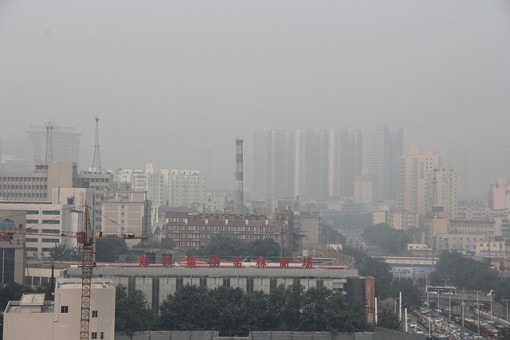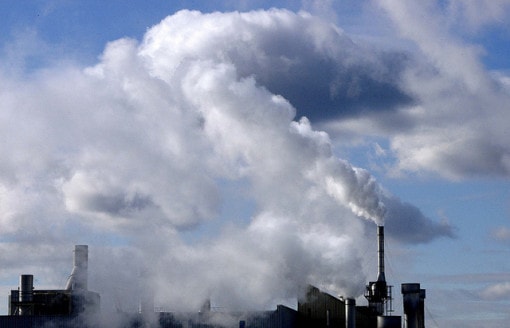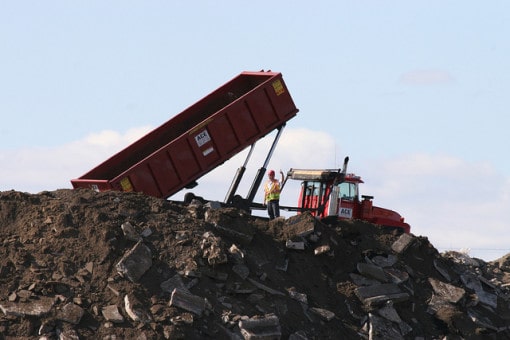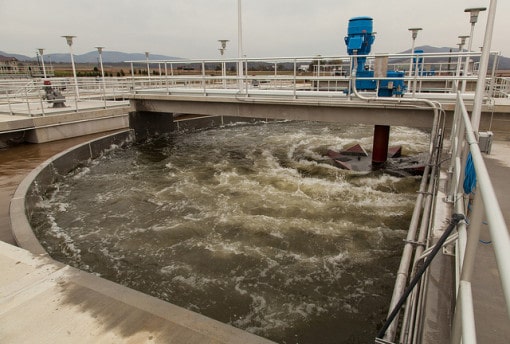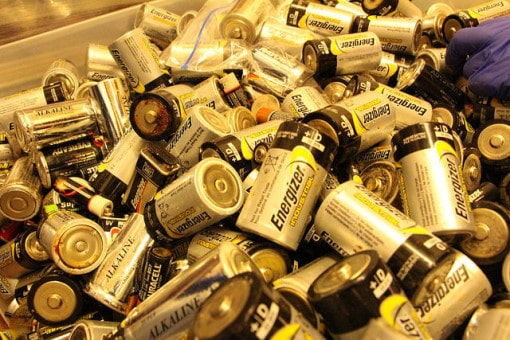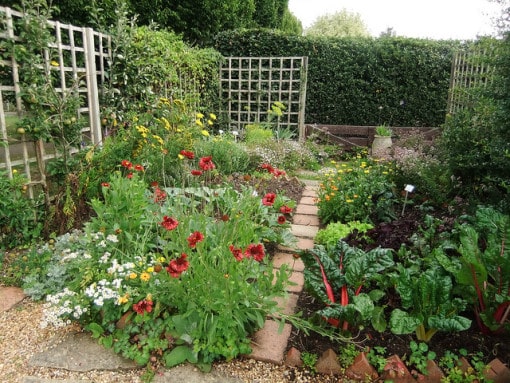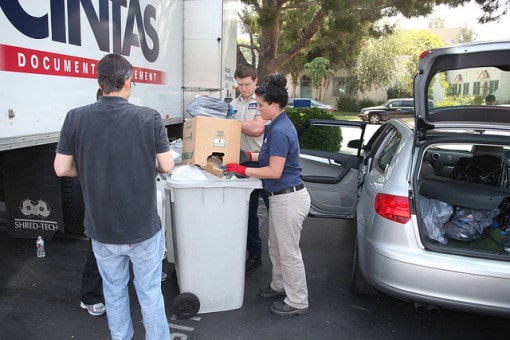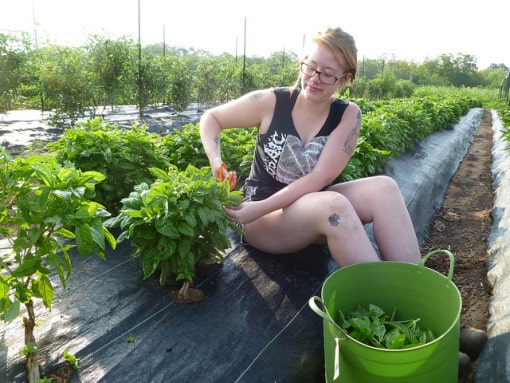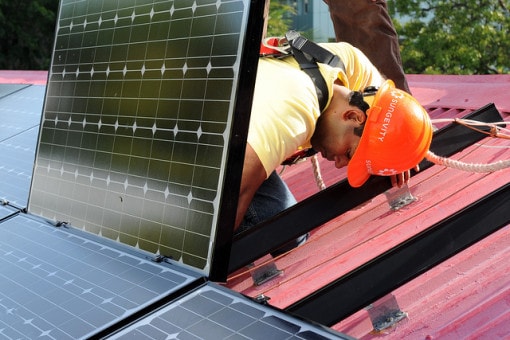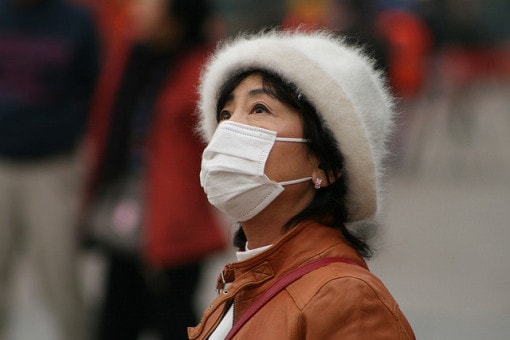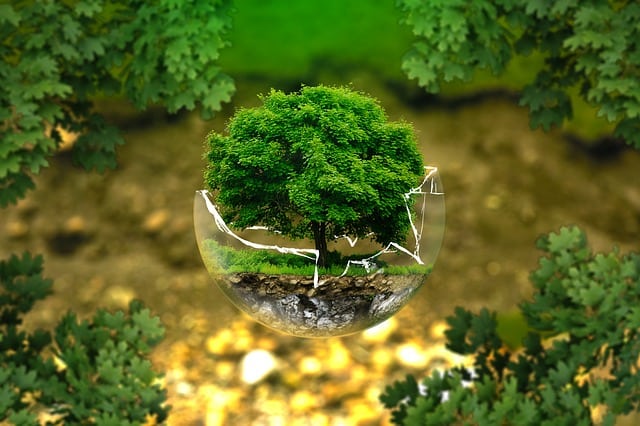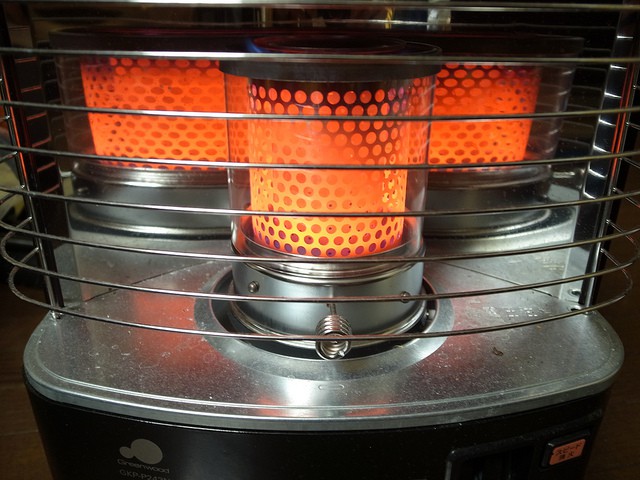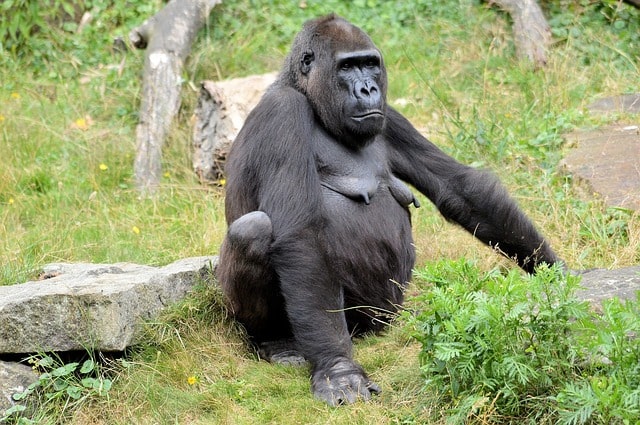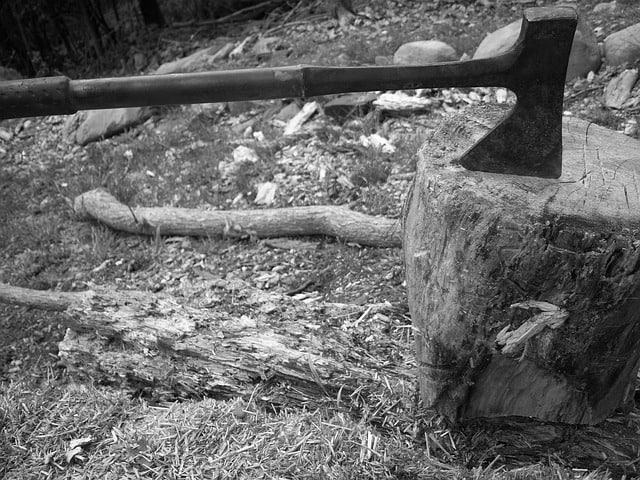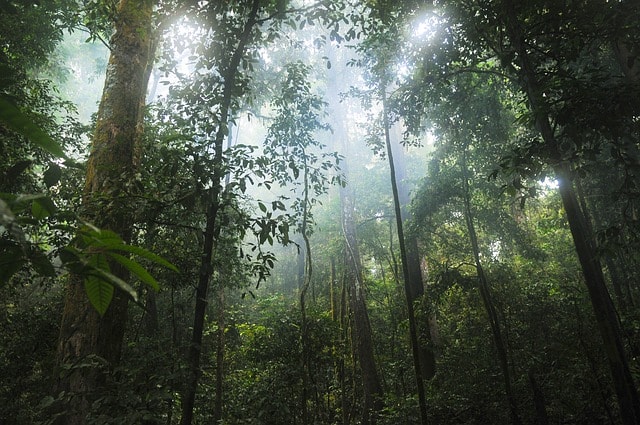What is Air Quality?
“Air quality” refers to the condition of the air within our surrounding. Good air quality pertains to the degree which the air is clean, clear and free from pollutants such as smoke, dust and smog among other gaseous impurities in the air. Air quality is determined by assessing a variety of pollution indicators. Good air quality is a requirement for preserving the exquisite balance of life on earth for humans, plants, animals and natural resources. As such, human health, plants, animals and natural resources are threatened when pollution in the air reach high concentrations.
Poor air quality can affect or harm human health and/or the environment. Air quality can be degraded by natural or man-made sources. Natural sources include volcanic eruption, windstorm dust. Man-made source include pollution from moving vehicles, toxic gases from industries, coal powered plants, burning wood or other material in open air, landfills. Both these sources can seriously affect the overall air quality and can lead to severe health problems for humans.
According to British Columbia (BC),
The term “air quality” means the state of the air around us. Good air quality refers to clean, clear, unpolluted air. Clean air is essential to maintaining the delicate balance of life on this planet — not just for humans, but wildlife, vegetation, water and soil. Poor air quality is a result of a number of factors, including emissions from various sources, both natural and “human-caused.”
How is Air Quality Degraded?
Air quality is degraded by the day to day emissions from different air pollution sources. These include: stationary sources such as power plants, manufacturing facilities, smelters, motor machines, and burning wood and coal; mobile sources such as trucks, buses, planes and cars; and natural sources such as volcanic eruptions, and windstorm dust. The pollutants from these sources are released into the air which can affect the health of humans, animals and our environment. The quality of air depends on 3 factors: the amount of pollutants, the rate at which they are released in the atmosphere, and how long they are trapped in an area.
The air pollution sources emit a wide range of pollutants classified under different categories that include Sulfur Dioxide (SO2), particulate matter, Hydrocarbons (HC) and volatile organic compounds (VOC), Lead, Carbon Dioxide (CO2) and Carbon Monoxide (CO), Nitrogen Oxides (NOx), and Smog. In most regions, noticeable air quality degraders include smoke, dust, CO, NOx, SO2, HC, and smog from factories, power plants, automobiles, and smelters especially around urban and industrial areas.
Many of these air pollutants occur as gases, but some are very tiny solid particles, such as dust, smoke or soot. Air pollution from various sources can affect indoor air as well. Removing the pollutants from indoor air can improve the quality of your indoor air. Indoor air pollutants include cigarette smoke, mould, dust mites, pet dander, formaldehyde, volatile organic compounds (VOCs) and radon gas.
If air pollutants are in an area with good airflow, they will mix with the air and quickly disperse. Air pollutants tend to remain in the air when when there are certain conditions like light winds or mountains that restrict the transport of these pollutants away from an area. When this happens, pollution concentrations can increase rapidly.
How to Improve Air Quality?
With all those toxic pollutants in the atmosphere, it isn’t easy to get fresh as it used to be. Due to increase in number of vehicles and industries on a large scale, the air quality has gone from bad to worse in lat few decades. Every year, millions of people across the globe die due to inhaling of toxic gases present in the atmosphere.
There are several measures which we can take to make air quality better not only for us but even for coming generations. If not done in proper and timely manner, the worsening air quality can cause severe harm to entire planetary ecosystem.
- Dealing With Traffic and Vehicle Emissions
In a bid to improve air quality, dealing with automobile emission is the first choice for action. Beginning by reducing the numbers of automobile traffic and use of cleaner vehicles is the best course of action towards cutting down on emissions locally. Promoting public transport and proper urban planning can as well aid in reducing traffic numbers. Nowadays, journeys have become shorter and affordable due to introduction of fast electric trains and other forms of cheaper public transport.
By promoting public transport, it is easy to get people out of their vehicles which suggest that it’s an obvious answer to reducing the number of cars on the road. Air pollution reduction can also be accomplished through speed reduction, promoting use of electric/hybrid cars, rerouting traffic, and introducing access restrictions. Through this, CO2, lead, smoke, and particulate matter from road traffic emissions can considerably reduce thereby improving air quality. Besides use of cleaner vehicles and promotion of public transport, use of green fuels is a good alternative for improving air quality.
- Dealing With Industrial Emissions
Factories and industrial manufacturing companies are another main concern when it comes to air pollution. Industries are the biggest air pollution sources as they emit high scores of pollutants into the air on daily basis. Due to the industrial emissions, the globe faces a great challenge of acid rain, ozone layer depletion, and global warming. Primary regulation policies by environmental agencies are required to regulate industrial emissions with an aim of large scale structural emission reduction from industrial facilities.
Control devices termed as “pollution eating nano-particles” can as well offer effective ways to reduce industrial air pollution by absorbing or destroying toxic emissions and contaminants from industries. It is realized through installation of particulate control devices in exhaust streams. Good examples include Titanium dioxide and ultraviolet light. Installed in an industrial facility, titanium dioxide reduces pollution by absorbing toxic emissions while ultraviolet light breaks up NOx gases and VOCs. Other control devices include electrostatic precipitators, dust cyclones, particulate scrubbers, and bag-houses. Switching to use of renewable energy is the most effective mechanism for improving air quality standards in industrial manufacturing.
- Establishment of Policies and Clean Air Action Plans
Air quality improvement equally requires a string of directives, support, and initiatives geared towards emission reduction not only locally but internationally as well. Local, national and international environmental protection agencies need to work hand in hand to ensure the set air quality levels are met. It’s a commitment that can only be achieved through an effective environmental action plan, strategies and policies directed towards addressing the underlying air pollution challenges. For instance, the Clean Air for Europe (CAFE) and the Environmental Protection Agency (EPA) programs have set standards for restricting air pollution and it has since resulted to a new directive for clean and quality air. Established about a decade ago, the directives have managed to set in place emission goals and standards for air quality.
Objectives are set whereby all sorts of air pollutants have to be regulated and cut down to a standard level and also managed within the scope of the challenges experienced. In challenging situations, deadlines for complying must be instituted and upheld. As such, creation of action plan directives similar to CAFE’s, EPA’s or any other devoted environmental protection agency can offer a wonderful advancement in the direction of improving air quality.
To work towards the attainment of improving the air quality situation, each state and nation without air regulation policies can make it a requirement to develop an action plan for cleaning the air within their jurisdiction. In addition to development of an action plan, implementation is essential as it defines the efforts that will improve and attempt to regulate the air pollution levels and to improve the air quality of the region.
Also through various environmental protection and clean air support programs, states and nation can establish a monitoring criteria for pollutants. One similar program is the Ambient Air Monitoring that has been adopted by various nations and states. Through the program, statistics can be collected regarding air quality by measuring samples so as to estimate the attainment of the set air quality standards. In this sense, pollution trends can be observed throughout the jurisdiction region to deter or reduce air pollution crisis. Other air quality monitoring programs can encompass Air Pollution Monitoring and Enhanced Ozone Monitoring.
Air pollution reduction efforts can also involve land-use, urban, and transportation planning strategies. The utilization of these strategies can assess the root causes of air pollution and to install measures for dealing with the challenges experienced.
Accordingly, environmental clean air policies and programs can be established to address issues regarding quality of air as a factor directly impacting on human health and the environment. The world, particularly regions burdened with the air pollution challenge, can thus improve air quality by adopting or establishing clean air action plans and support programs.
Conclusion
Reducing emissions contributing to poor air quality, climate change, and ozone layer depletion requires collaborative effort and long-term commitment. To be part of the required solution, society, people, businesses, manufacturing facilities, and government authorities need to work as a team to realize positive outcomes of having a healthier and more sustainable environment.
In general, the sources, causes and impacts of air quality are interlinked. That means, dealing with one air quality concern can very much lessen other categories of air pollution. For instance, cutting back on fossil fuel usage not only helps to reduce emission of particulate matter but also lessens CO2, CO and NOx emissions from vehicle exhaust. In the long run, efforts to improve air quality reward the entire humanity by improving human wellbeing and health, reducing the costs of health, and increasing environmental productivity.
Sources
Lenz, H. P., & Cozzarini, C. (1999). Emissions and air quality. Warrendale, PA: Society of Automotive Engineers, 1999. 140.
World Health Organization (WHO). (2005). WHO Air Quality Guidelines Global Update 2005: Report on a Working Group Meeting, Bonn, Germany, 18-20 October 2005. WHO Regional Office for Europe.
World Health Organization (WHO). (2000). Air quality guidelines for Europe.
Image credit: BC , vtpoly
The post What is Air Quality, How it Gets Degraded and Ways to Improve it appeared first on Conserve-Energy-Future.

